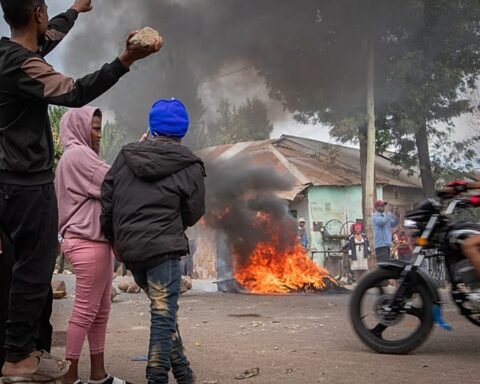Nearly 1.9 million Tanzanians are set to benefit from enhanced protection against disasters, thanks to a fresh $300 million financing package approved by the World Bank Group.
The funding is intended to strengthen the country’s ability to anticipate, manage, and recover from increasingly frequent and severe natural disasters.
The package comprises two key components: a $100 million Development Policy Financing (DPF) to support public sector reforms and a $200 million Catastrophe Deferred Drawdown Option (Cat-DDO) — an emergency line of credit designed to provide fast access to funds in the wake of a disaster. Both are provided under the International Development Association (IDA), the concessional lending arm of the World Bank focused on low-income countries.
Tanzania, a country of more than 67 million people, is increasingly vulnerable to the effects of climate change. Rapid population growth, urbanization, and environmental degradation have worsened the impacts of floods, storms, and other hazards.
In recent years, the nation has suffered significant damage from storms such as Cyclone Kenneth in 2019, Cyclone Jobo in 2021, and Tropical Cyclone Hidaya in 2023–2024. These events, compounded by heavy El Niño-induced rains, resulted in 155 deaths and affected over 200,000 people. Damages were estimated at $368 million.
Also Read; BRICS Accelerates Digital Drive For Global South
The new financing aims to bolster Tanzania’s technical, institutional, and financial resilience to shocks. It includes:
- Strengthening early warning systems;
- Upgrading health, transport, and urban infrastructure;
- Building national emergency reserves;
- Supporting policy reforms on risk reduction.
According to Nathan Belete, World Bank Country Director for Tanzania, the initiative is timely:
“This support will allow Tanzania to mobilize quickly and mitigate the worst effects of disasters before they escalate.”
The funds are also aligned with the government’s broader agenda under the Tanzania National Disaster Risk Financing Strategy, which outlines priorities in fiscal preparedness, insurance mechanisms, and infrastructure safety.
The Cat-DDO instrument has become a preferred model globally for governments aiming to improve emergency preparedness without disrupting long-term development goals. It enables rapid disbursement of funds within days of a disaster declaration — a major advantage over traditional aid channels.
Tanzania joins other countries such as Colombia, Indonesia, and Peru in adopting this model.
Yohannes Kesete, a Task Team Leader for the project, added:
“This facility will act as a financial shield. When disasters strike, it allows the government to act without sacrificing investments in health, education, or infrastructure.”







